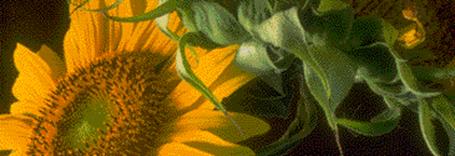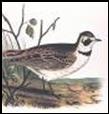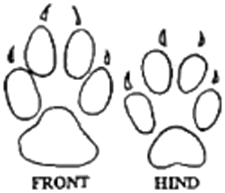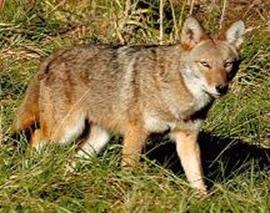



|
Where birds of a feather flock together. |
|
Audubon Hills Association (AHA!) Est. 1968 |

|
Living with Coyotes |
|
The diet of the coyote consists mainly of mice, rats, ground squirrels, gophers, rabbits, and carrion. They also eat insects, reptiles, amphibians, fruits, birds and their eggs, and deer fawns. In some rural areas of California they prey heavily on sheep, cattle, and poultry. In urban and suburban areas, garbage, domestic cats and dogs, other pets, hobby animals, and pet food can be important food items. |
Diet |

|
Skylark Lane |


|
Coyotes have been known to attack humans, and in one case, a three-year-old girl was killed by a coyote in southern California. Coyotes are most active at night and during the early morning and late evening hours. In areas where they are not disturbed by human activities, and during the cooler times of the year, they may be active throughout the day. Urban coyotes are becoming very tolerant of human activities. Young coyotes tend to be more active during daylight hours than adults. Home range size varies depending on food availability. |
|
Young During the time of the year when adult coyotes are caring for young (May-September), they can be very aggressive when their young are threatened. Domestic dogs are especially vulnerable to attack during this time.
|
|
Problem Prevention ¨ Brush and vegetation should be cleared from backyards and adjacent areas to eliminate habitat for prey which could attract coyotes. ¨ Landscaping should be pruned on a regular basis. ¨ These actions also remove hiding cover used by coyotes to stalk domestic pets. If cats cannot be contained indoors, and predation is viewed as a problem, posts can be installed in open space areas which provide an escape for the cats. These posts should be at least 7 feet tall, made of material that the cat can climb, and have enough space on top for the cat to sit. Coyotes are attracted to urban/suburban areas by the easy accessibility of food, water, and shelter. Reducing or eliminating the availability of these elements will often encourage coyotes to leave. ¨ Garbage can lids should be secured at all times or garbage stored indoors. ¨ Pets should be fed during daylight hours and all pet food removed before darkness. ¨ Water bowls should be emptied and not left out after dark. ¨ Ripe fruits and vegetables should be covered at night or the garden/fruit trees enclosed by a coyote proof fence to prevent access by hungry coyotes. ¨ All windfall fruit/vegetables should be picked up daily. In areas where predation on pets has been documented… ¨ Cats and small dogs should not be left out after dark unless enclosed in a coyote proof enclosure. ¨ Food should never intentionally be left out for wild mammals. ¨ In rural suburban areas where livestock such as lambs, piglets, calves, or poultry are raised and coyote predation has been documented, precautions should be taken to prevent further losses. ¨ Animals can be brought into barns, sheds, or coyote proof enclosures at night, or in certain instances the confinement areas can be lit at night. |
